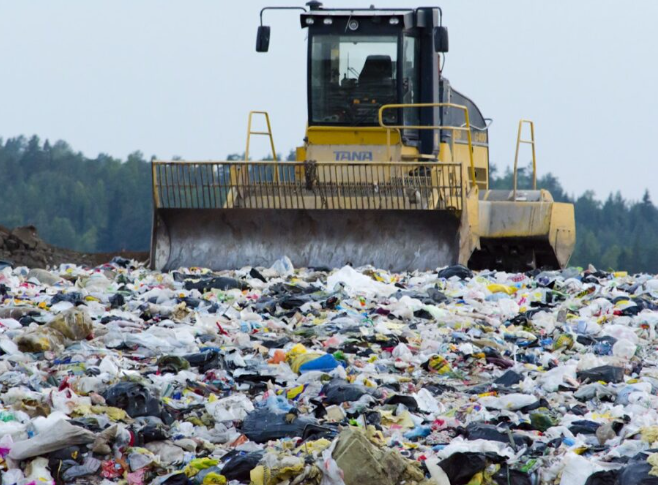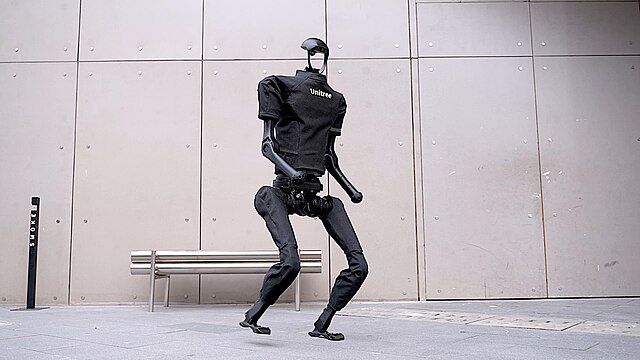Behind the trendy clothing racks and convincing price tags lies the true cost of fast fashion. Exhausted underpaid employees working in unsafe conditions, and landfills overflowing with clothing waste. The true cost of fast fashion is much more than what’s on the price tag.
Fast Fashion is not only cruel, but it has extremely negative effects on the environment’s health. From unsafe work environments to overworked and underpaid workers, the true cost of the fast fashion industry is often overlooked.
According to an article from Earth.Org, “The industry employs approximately 60 million factory workers worldwide, yet less than 2% earn a living wage. Garment workers endure unsafe conditions, wage theft, exhausting hours, minimal pay, and gender-based harassment.”
Based on information from The True Cost movie, “The world now consumes 80 billion new pieces of clothing every year, which is 400% more than just a decade ago.”
The fast fashion industry’s goal is to produce inexpensive, trendy clothing at rapid speeds, making the clothing affordable and easily accessible. Overconsumption has become a huge problem over the last few years. With fast fashion on the rise, more clothing is being produced, purchased, and dumped, resulting in landfills full of discarded pieces. Over 34 billion pieces of clothing are thrown out by Americans annually, with 66% ending up in landfills and just 15% being recycled.
In 2013, an eight-story factory building in Savar, Bangladesh, collapsed, killing 1,134 employees due to extreme structural negligence that occurred during construction. This tragic event highlighted how the fast fashion industries fail to keep its workers safe and how its only priority is making revenue. This all could have been prevented if the company had checked the structural integrity of the building.
There is a severe lack of safety regulations as well; many factories don’t have adequate fire exits or sprinkler systems. Based on information from a New York Times article, “In 2012 Outside Dhaka, Bangladesh, more than 100 people died on Saturday and Sunday in a fire at a garment factory, making it one of the nation’s worst factory fires in history.” “The main difficulty was to put out the fire; the sufficient approach road was not there,” said the retired official, Salim Nawaj Bhuiyan, who now runs a fire safety company in Dhaka. “The fire service had to take great trouble to approach the factory.”
There have been many reports of children working in fast fashion factories, some even under the age of 10. An article from The Guardian says, “Shein found two cases of child labour at its suppliers last year after audits of its mostly China-based third-party manufacturers, the company has told British MPs.”
Child labor has been a serious problem within the fast fashion industry, with companies involved in scandals of children working in sweatshops. Popular companies, including SHEIN, Zara, H&M, and Aéropostale, have all been involved in child labor scandals.
Not only is fast fashion inhumane to the underpaid workers, but it also has detrimental effects on the environment. Research from Earth.Org says, “Fashion production comprises 10% of total global carbon emissions, as much as the emissions generated by the European Union. The industry dries up water sources and pollutes rivers and streams, while 85% of all textiles go to dumps each year. Even washing clothes releases 500,000 tons of microfibres into the ocean each year, the equivalent of 50 billion plastic bottles.”
As the number of clothing pieces being produced each day grows, so does the amount of clothing being dumped. According to Earth.org, “The time it takes for a product to go through the supply chain, from design to purchase, is called lead time. In 2012, Zara was able to design, produce, and deliver a new garment in two weeks; Forever 21 in six weeks, and H&M in eight weeks. Newer industry player Shein, a major Chinese fast fashion company, has garments ready to be sold in just 10 days.”
“This results in the fashion industry producing obscene amounts of waste.”















